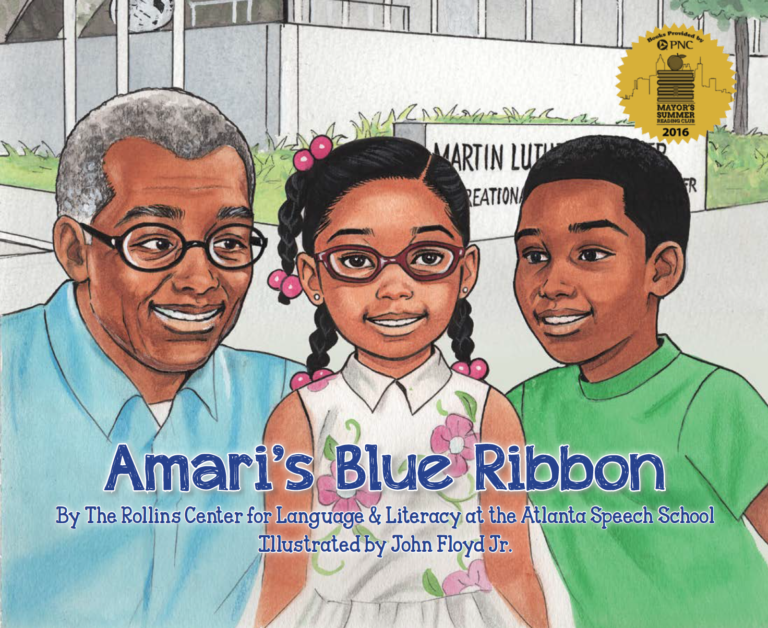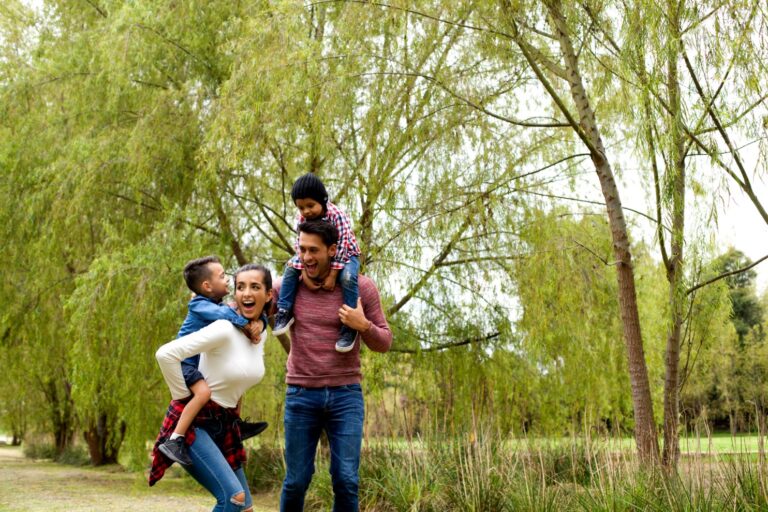“Play is often talked about as if it were a relief from serious learning. But for children play is serious learning and the way they make sense of the world around them. Play is really the work of childhood,” Fred Rogers, aka Mr. Rogers.
For young children everything is new and interesting! The world is their playground and the simplest of daily routines and activities can be fun, playful and language rich! Play can happen all day long and is the perfect way to engage your child with the types of interactions that build positive connections and the reading brain.
Brain science explains why these early interactions are so important. In the first few years of life, as many as one million new neural connections form every second. The most rapid period of brain development occurs during these early years, which is why your responsive, loving interactions with your young children are so crucial.
Experts encourage us to fill our child’s days with responsive interactions and back-and-forth exchanges, sometimes referred to as serve-and-return.
Responsive Interactions
Responsive interactions build nurturing relationships and prepare a child’s brain to learn. Use these tips when engaging with your child:
- Tune-In: pay attention to what your child is doing and respond to their interests.
- Facial Expressions: show emotion and respond accordingly to your child’s cues.
- Touch: shower your child with gentle, loving touches.
- Gesture: use gestures to communicate concepts and emotions.
- Tone of Voice: speak with a loving, varied tone of voice.
- Home Language: remember to always support home language.
Serve and Return Exchanges
Strive for repeated back and forth exchanges with your child when you play, it makes children equal partners in the interaction. Serve and return between a child and a loving adult lays a strong foundation for future learning and brain development. Playful activities that family or caregivers engage in daily can help strengthen connections in the brain and help to build a learning brain now and a reading brain for the future.

Play All Day Long
The simplest routines and activities such as bath time, meals, commuting, household chores, even grocery shopping can be full of playful responsive serve and return exchanges that are language-rich.
Any conversation can become a playful interaction. Did your child see or point at a hawk while you’re playing tag outside? Return their serve by talking about it – what it looks like, what it’s doing, what it eats, where it lives.
Burning off some energy with a dance party? Talk about the moves as you do them – “Shake, shake your hands! Stomp, stomp your feet!” Or do this as you take turns making up sports- or animal-themed dances (maybe a basketball shuffle or a monkey jig).
Riding in the car? Talk about what you see around you – “Look how bright and shining the sun is today! What do you see in the sky? ” For an older child play interactive and language-rich games by engaging with your surroundings – “I wonder where that car is going! If you could choose anywhere for our car to go, where would you want to go and why?”
Rhyming games are another fun, playful way to engage your child anywhere and anytime. The musical qualities of rhymes, which help bring attention to the similarities and differences in the sounds of words and will hugely impact their ability to read later. Songs, fingerplays, and rhymes have been passed down through families for generations! Children love them, and they are a wonderful way for adults and children to connect.
Playful, responsive interactions are a great way to build positive connections and your child’s reading brain throughout the day…while waiting in line, in the car, at the doctor’s office, while getting dressed – with kids around, EVERYTHING can be playful!
Finally, it is important to keep in mind that play is serious learning and a child’s learning can be maximized, with long-term benefits, when play is language-rich, intentional, and supported by a loving adult.



